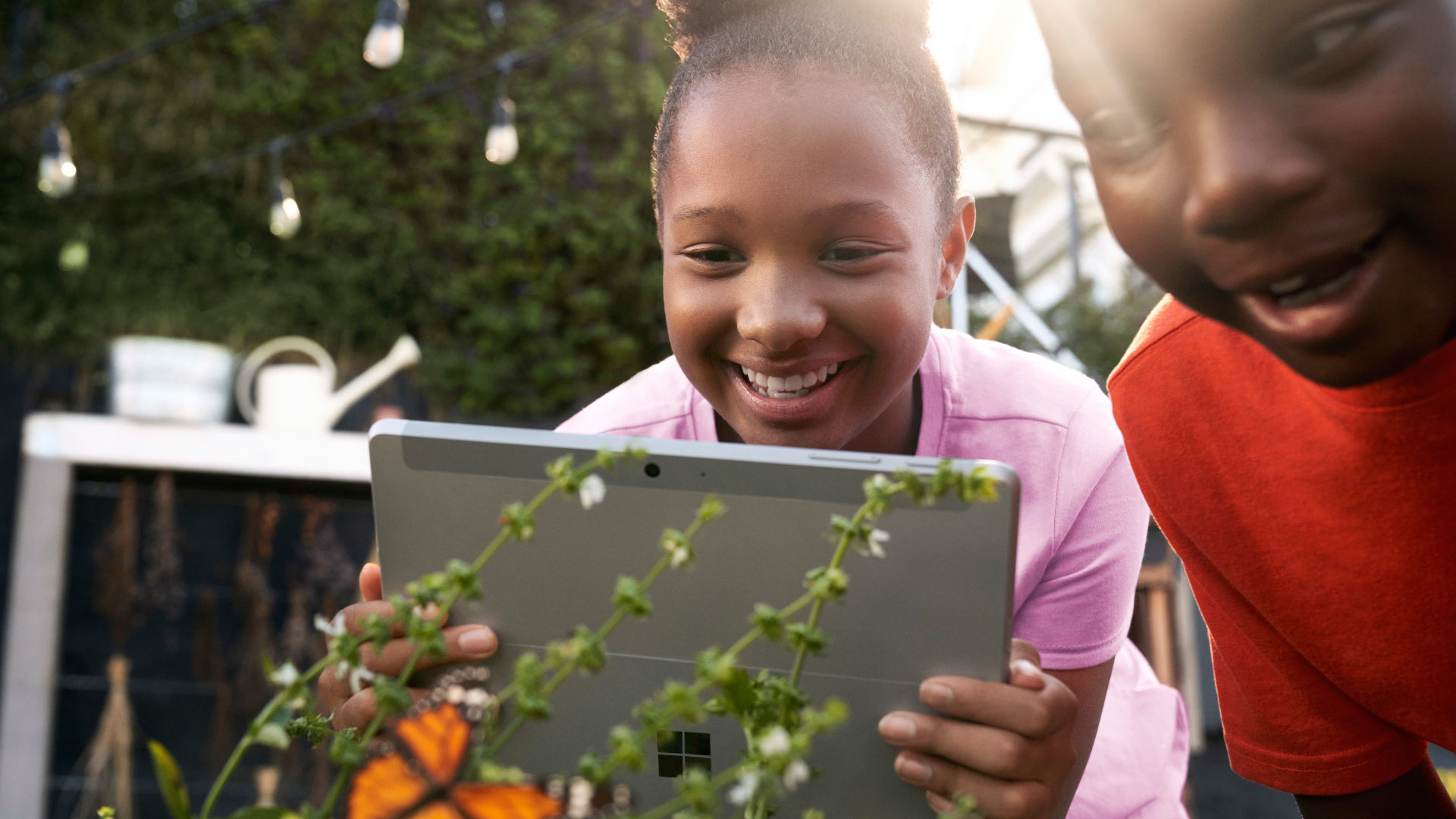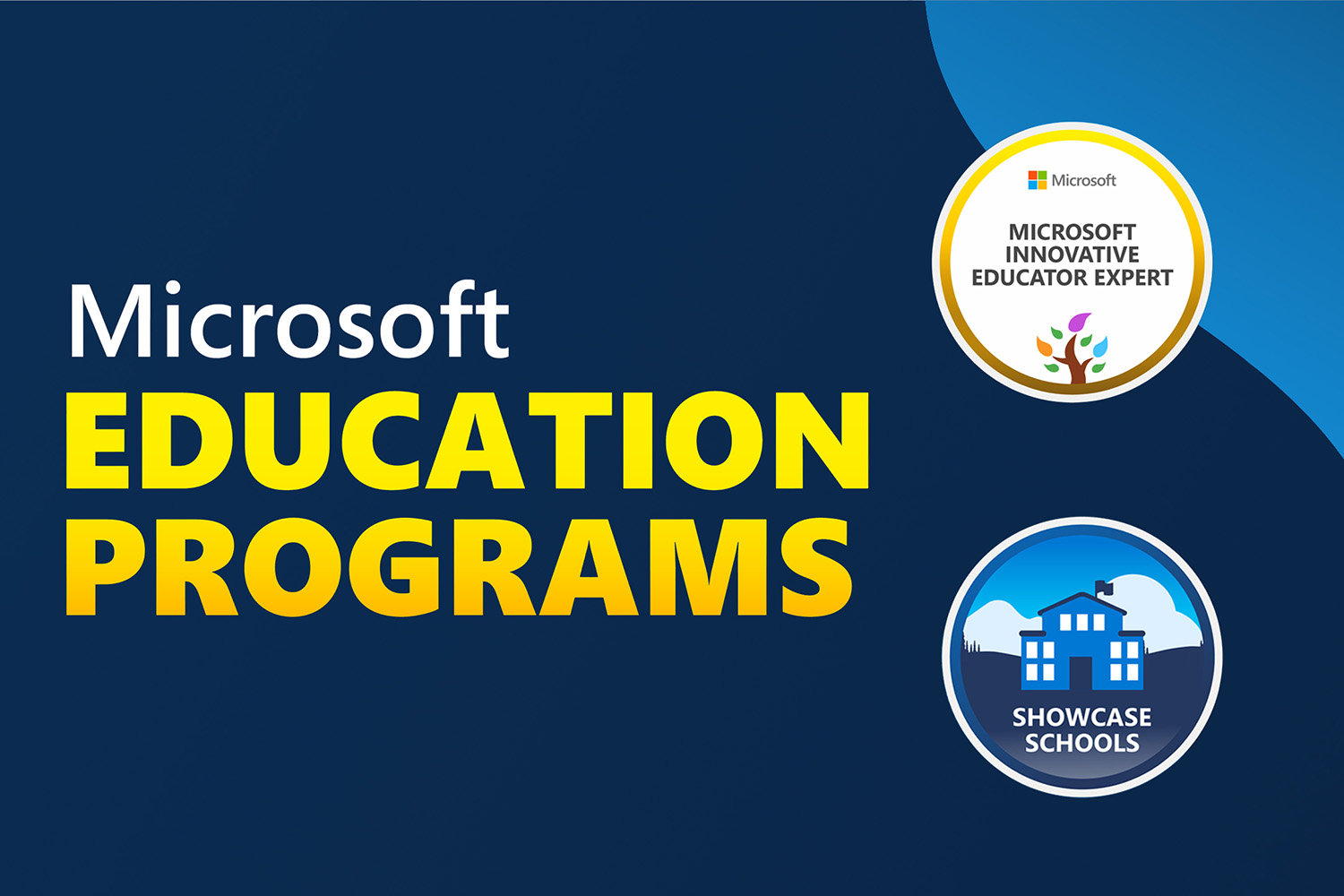With students around the world taking part in the 2020 Minecraft Education Challenge, we’ve seen amazing solutions for some of the world’s toughest issues. In Norway, 2,000 learners tackled the challenge by addressing the theme “Build a Better World,” with the winning team developing a school that features a whimsical campus powered by sustainable energy. In Germany, the Block Heroes Challenge resulted in health and safety solutions for COVID-19, including automated food sourcing and agriculture, open-air schools, and more.
But those weren’t the only entries. All over the planet, educators challenged their students to dream up ideas that would benefit the world and society, then bring them to life in Minecraft: Education Edition. We’ve pulled out a few of the highlights that captured our attention. Let’s begin our world tour!
We begin at the American International School in Cyprus, where Pantelis Charalambous’ students designed a sustainable school featuring classrooms with energy-saving glass and solar panels, a vegetable garden to help learners eat local, and water-conservation facilities. You can’t forget fun in the school of the future, so they’ve also included a Quidditch pitch!
Another brilliant submission for the 2020 @PlayCraftLearn challenge. This version includes classrooms with glass and solar panels, a cafeteria with a vegetable patch, a reservoir, and even a Quidditch pitch! #minecraft #quidditch #sustainability pic.twitter.com/1nrvaTPY7r
— PantelisCharalambous (@Pantelees) May 12, 2020
In India, students addressed healthcare in the age of COVID-19, creating hospitals with features that make them safer, cleaner, and more convenient. Amandeep Singh Roopral’s student Jatin constructed a massive facility that reflects the increasing automation in the healthcare sector. He included AI-based robo-doctors to minimize the spread of disease by reducing human contact. Jatin also ensured that the hospital’s pharmacies would be safely accessible by designing them to be reached from outside the building.
Health Care Challenge accepted by Jatin Arora of Grade 9 @playcraftlearn#RoboDoctors, #Isolationwards, #Communityclinic #Minecraftchallenge #Healthcarechallenge@pkdhillon08 @MicrosoftEdu @KnpsIndia @PlayCraftLearn pic.twitter.com/R05bEO5V0o
— Amandeep Singh Rooprai (@fallencreator_) May 18, 2020
Divansh Kalra also imagined solutions for a busy hospital during a pandemic, starting with queues that help maintain social distancing. He included ample sanitization stations for patients and healthcare professionals as they move through the space. Divansh also included a residential section of a city that demonstrates responsible citizenship in the age of COVID-19. Homes are bright, airy, and equipped with the necessary equipment for long periods of working and learning from home.
Hey Everyone !
This is Divansh Kalra, Made this Minecraft World. #mentorship @Gurpreet_CS
Aim of the Project:- We had created this world to Show how with solidarity we can defeat the covid 19 virus and build a better world. #Minecraftchallange @PlayCraftLearn pic.twitter.com/6mv11Lr7Lo— Divansh Kalra (@KalraDivansh) May 16, 2020
An intrepid team from New York City, the Full Metal Beavers, took on a variety of issues and housed their solutions within their real-world neighborhoods. Different students developed various entries, but they were all focussed on building a better community in their urban space. With four submissions in total, they addressed a variety of social causes, including racial equity, sustainability, diversity, and homelessness.
One of their submissions, Project R.U.E. (Recycle, Unity, Equity), consists of a series of centers throughout Jamaica, Queens, designed to meet each of these needs. The Recycling Center is a masterwork of automation and mechanical know-how within Minecraft. Their focus wasn’t just on the environmental impacts of the center, but the economic outcomes as well.
Their Equity Center was designed to serve people of all faiths and backgrounds. This team recognized that communities need places where they can gather to strengthen their relationships, so they housed cultural centers for diverse groups in close proximity, with a central space designed for everyone to access in order to build cross-cultural understanding. The “River of Peace,” a beautiful architectural water-feature, flows throughout the facility as a reminder of the community’s interconnectedness.
Finally, Project H.T.H. (Help the Homeless) is a massive urban complex in Brooklyn for homeless members of the community. The students who built project H.T.H. included elements that provide employment support, access to healthcare, and a sense of belonging. It’s also clear that their facility isn’t intended to segregate homeless community members away from other inhabitants of the city. Instead, a community kitchen and event spaces encourage deeper civic integration.
In Malaysia, Goh Kok Ming’s students addressed sustainable agriculture in connection with creating an ecologically friendly school. Their build integrates waste management into food production and even features a Redstone-operated irrigation system.
Students in Kosovo went to incredible lengths to recreate the city of Prizren in Minecraft: Education Edition. They were careful to include the interfaith elements of their city, along with the areas where people live, work, and have fun. There are powerful opportunities for learning that come along with the recreation of an urban space!
This post was originally published on this site.



